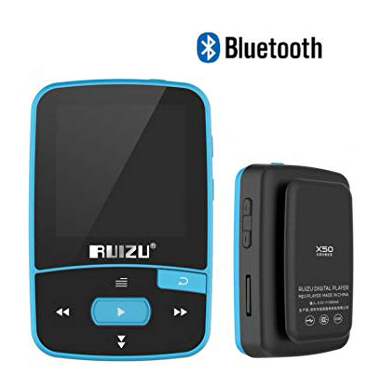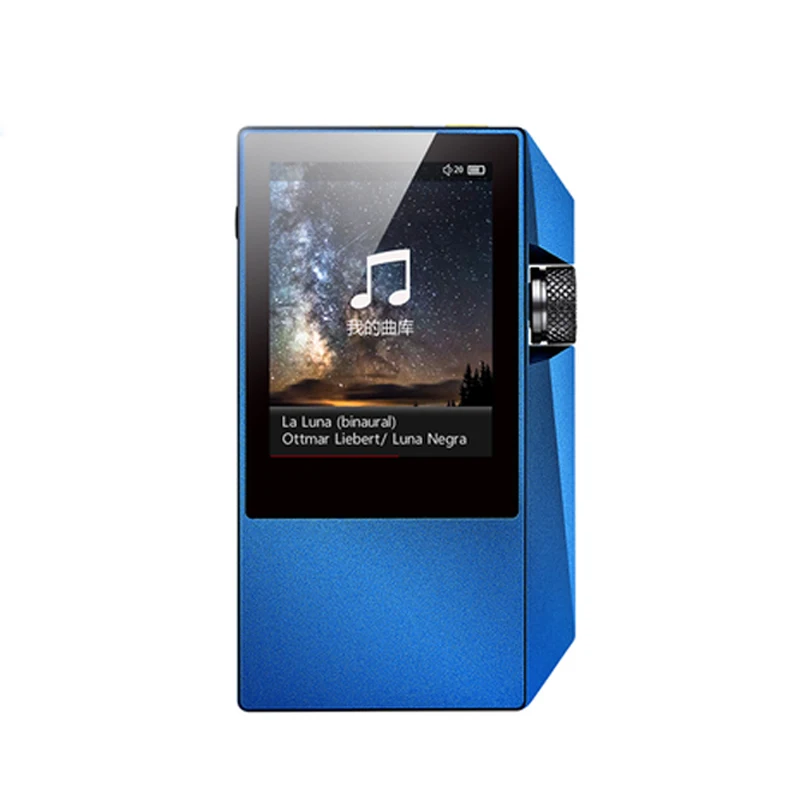
Of course, if you have a high-quality set of over-ear headphones, neither your phone nor a DAP may power them enough. It’s possible you may hear a slight increase in fidelity using a DAP instead of your phone, but this often says more about your phone than it does the player.

If you listen using a set of Bluetooth headphones, the amp in your playback device doesn’t matter, since the Bluetooth headphones are powering themselves. That said, this doesn’t describe how most people listen to music. While the built-in headphone amp in a DAP isn’t nearly as powerful as a desktop headphone amp, they are often more powerful than what’s in your phone. If you’ve got a pair of expensive in-ear monitors (IEMs) with a balanced cable, you’re going to get much more fidelity out of a DAP than a phone, assuming you can even use them with your phone at all. You also don’t have to worry about notifications for texts, emails, and calls interrupting your music. Turn it off when you’re not using it, and it does even better. My own digital audio player (DAP) lets me listen to music multiple hours a day for a few days before I need to think about charging it. With standalone music players, you also get more battery life in many cases, as they don’t need to be connected to a wireless or cellular network at all times. With a dedicated digital audio player (DAP), many of them support up to 24-bit / 192kHz and beyond, as well as other formats like DSD.

Since a standalone player doesn’t have to include cellular connectivity, a camera, and other features, they can spend more on the audio components.Īndroid phones can easily play hi-res audio, but for iPhones, this isn’t quite as simple. While some smartphones have quality digital to analog converters and headphone amps, not all do. There are a few main reasons that you might want to opt for a standalone player over your phone.


 0 kommentar(er)
0 kommentar(er)
